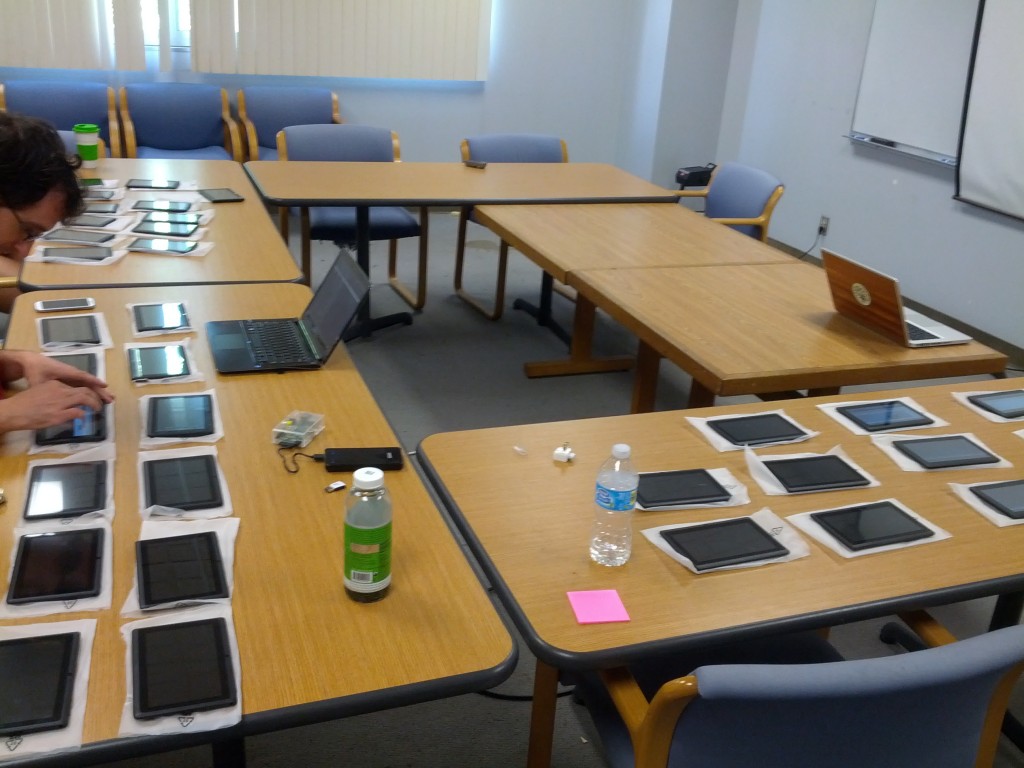http://www.globalresearch.ca/ by Ulson Gunnar - In german: http://www.luftpost-kl.de/
There is strong evidence, that outernet has strong relations to Mr. Soros (84/5, still alive). So it seems, that outernet is not only a philantropic adventure, but first "big business with a human touch interface". As all those, it's primarily a project of mouth, like a brain srewdriver. Ok. That's normal in scene, but you have to clear this.
Like this: "By September, MDIF is hoping NASA will give permissions to test Outernet technology on the International Space Station." - Of course, NASA did not. It has been just buzz. As one could suppose.
And like this: "We do this because we believe every human deserves free access to essential information." - Of course they are right, like the other shout out "Let's bring democracy!" - but that's not the real motivation motor behind. I suppose the real motivation factor is making "big business" - "the next big thing" - "making money" - "doing well in life".
Let's have a short look, how they will make money, called "business plan" (do you also see the $$-eyes?):
"What is your business plan? Do you expect the cost of the lanterns to
cover the cost of operating streaming services from satellites? Do you
envision your service to always remain free or are you looking at a
tiered service structure?"
"Great question. The creation of Lanterns (and Pillars, our High Speed
receiver designed for a school or library type application) is a good
revenue source but I think about those as being like the swag (albeit
really awesome, extremely useful swag) a band sells at the concert. The
main focus of the band is the music, or in our case the signal and
information we broadcast. On that side, sponsored content and ads will
be our main sources of revenue. The broadcast service will always be
free. As we explore a two-way service, a tiered premium model may come
into play."
So, let's conclude: outernet will be a global advertising machine, when in operation. - This has not much to do with "building humanitarian library.... Its just a phrase, it's just a trojan horse 4 the public mind".
Building Humanity's Public Library?
Really? Are they kidding? What does this mean exactly? This phrase suggests, that there is a need for an -undefined- "humanity's public library" - Far bigger than the NLC? It's my opinion, that is only a "buzz phrase" that has nothing to do with reality. Sounds so soft, so human touched. Everybody would accept this shout-out sponaneously. - But fact is: You need this mental srewdriver to inject the system into public mind, to implant the biggest global advertising machine ever seen on this planet.
What has this to to with "freedom of information"? They do not explain. Why? Because they cannot. Because of inherent logic in this process. - This is a difficult question i cannot answer.
What has this to to with "freedom of information"? They do not explain. Why? Because they cannot. Because of inherent logic in this process. - This is a difficult question i cannot answer.
Activation of "free workers" is also a shame! Those people will never get anything back - execpt telling their children "in former times i have been little part of this story". Recall: Only the company will make revenues. Not the "community". - This other buzzword is widely called "community". It's another a big trojan for strengthing public acceptance.















